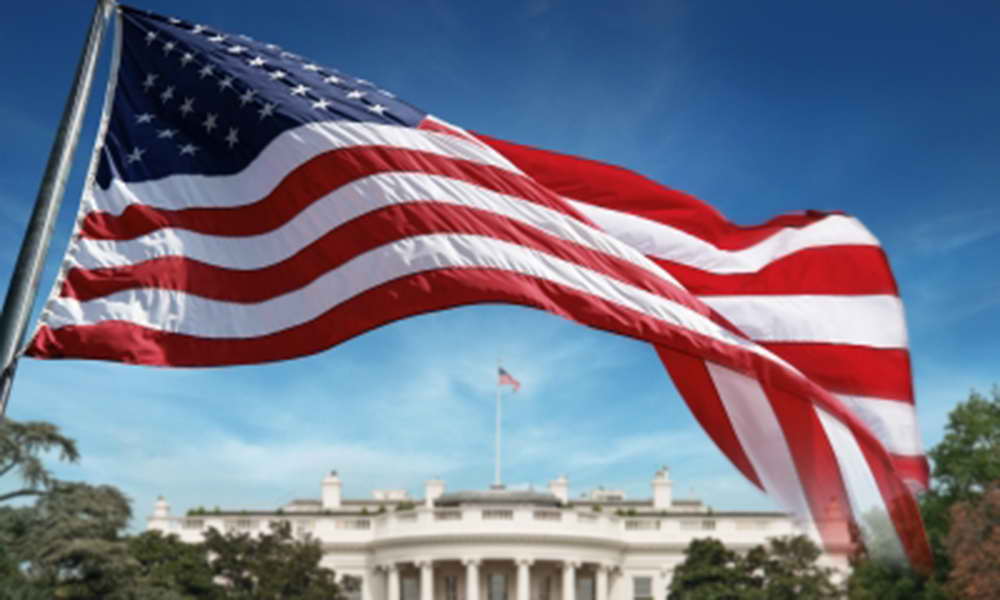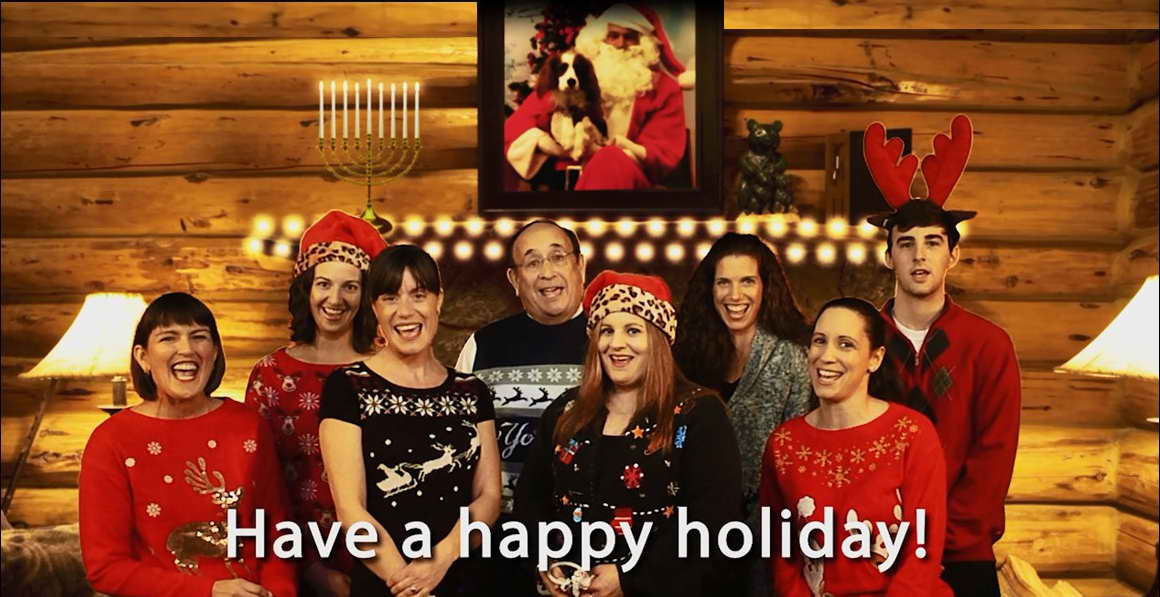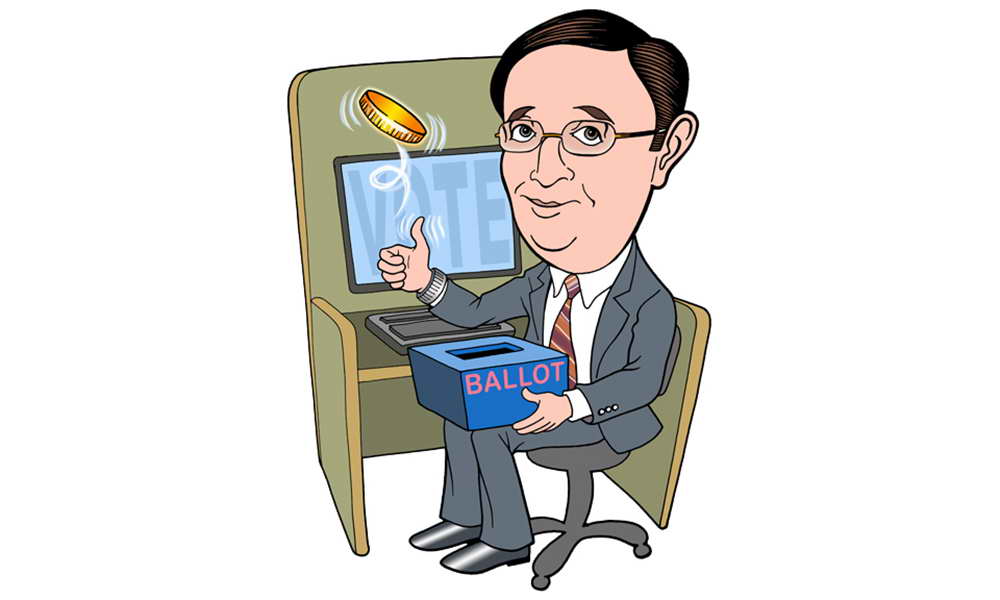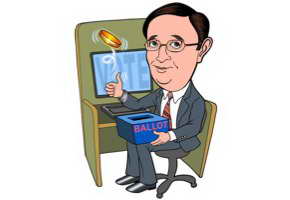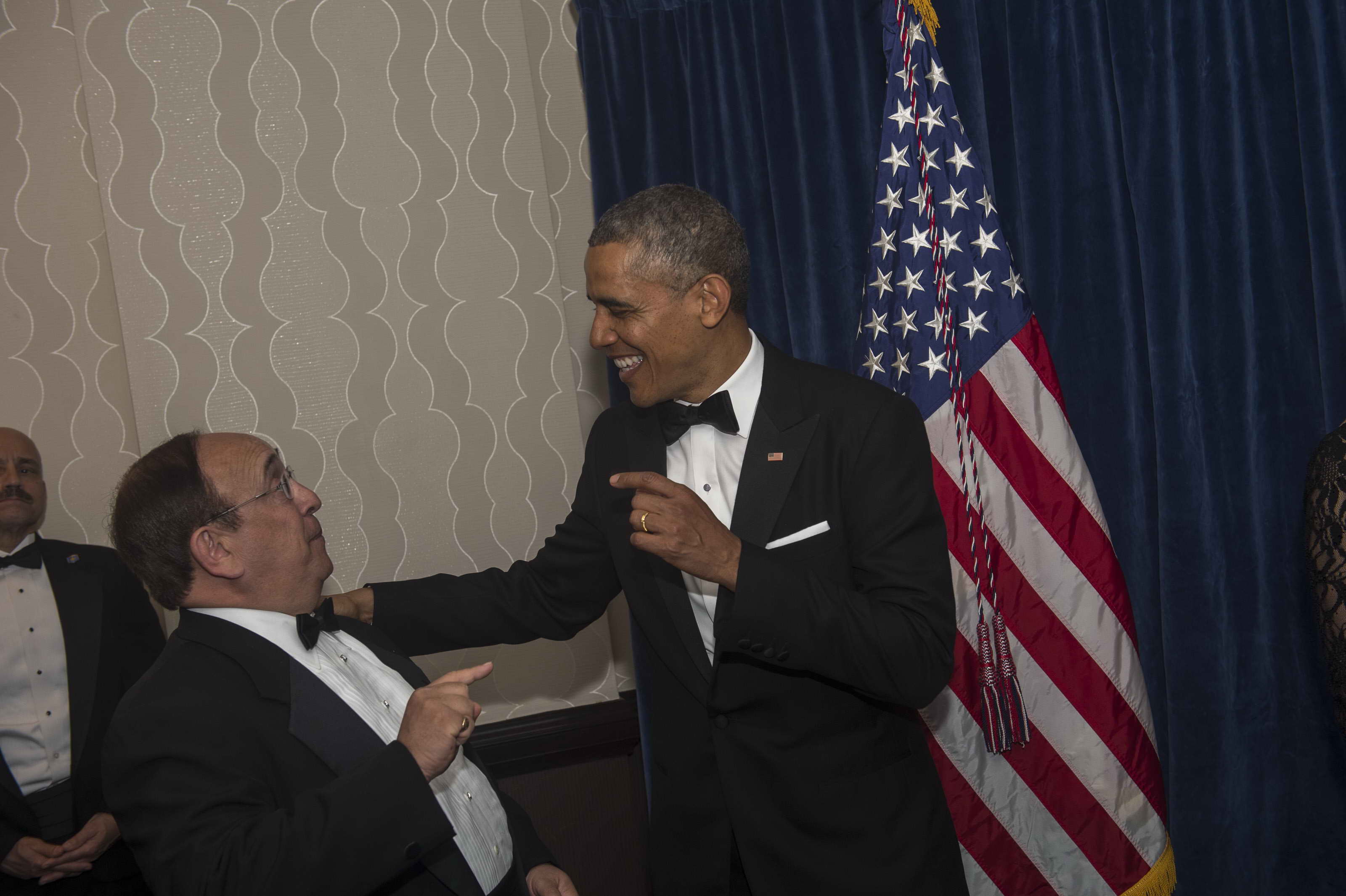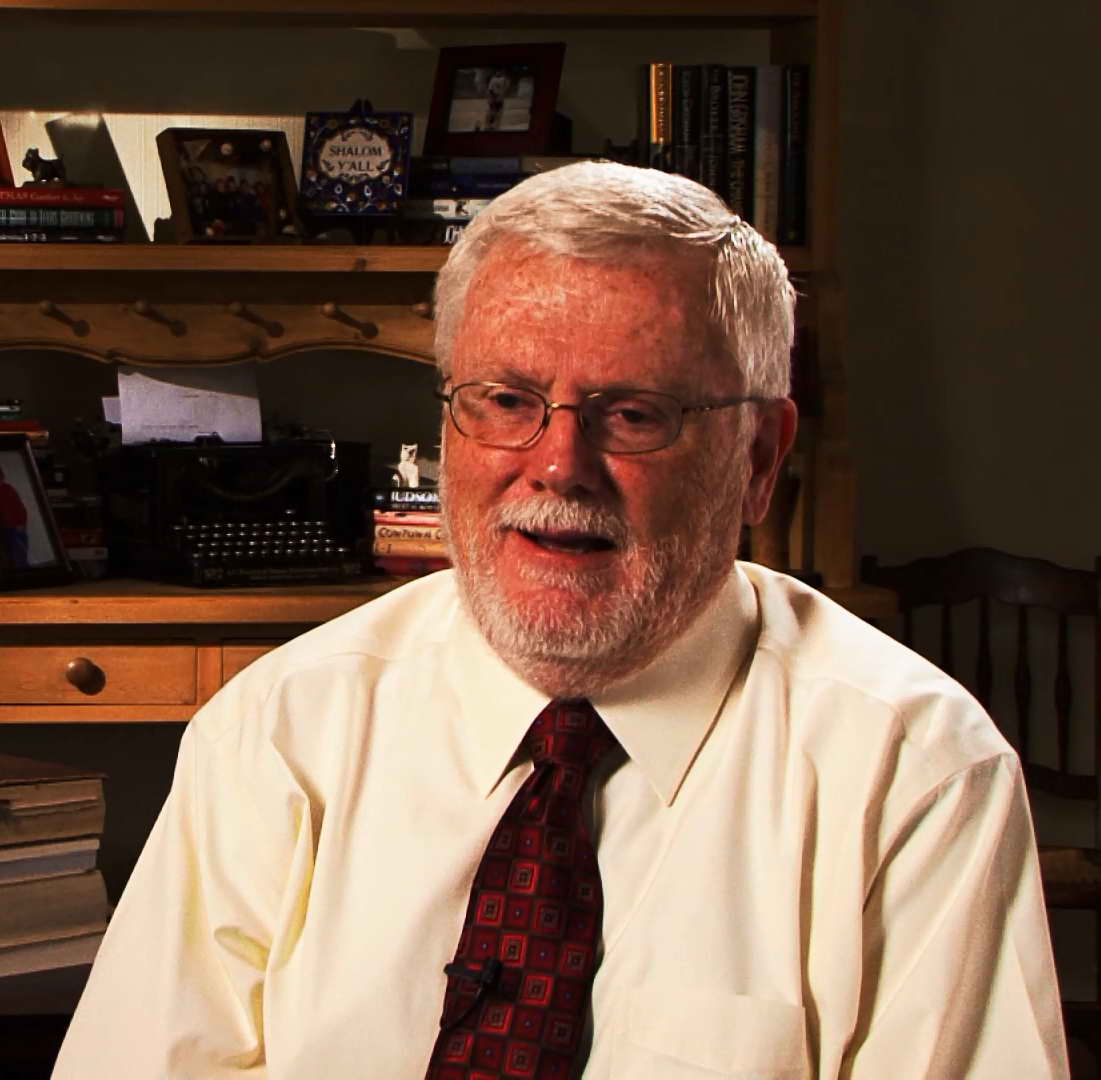By Dr. Lee M. Miringoff
This NYC primary season brought both an anticipated “poll-iferation” and an equally expected questioning of the reliability of public polls. With the first round of 2013 citywide voting now over and primary day in our rear view mirror, let’s assess how the public polls fared. (Helpful hint: we adhere to principles of transparency. If you want to number crunch, check out the rest of the site.)
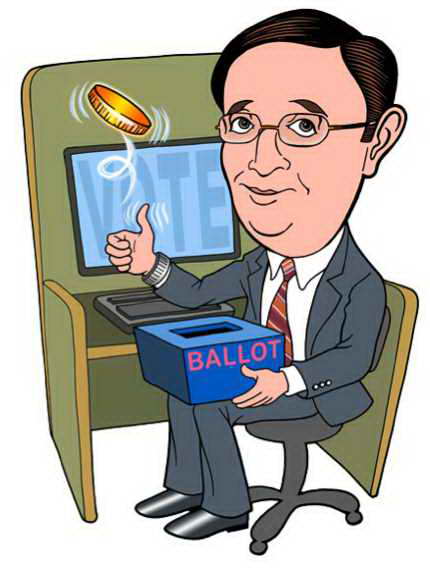 A clarification on the role of public polls is the first order of business. The case is often made that public polls move voters and unduly influence the outcome of an election. The argument typically takes the following form: everybody likes a winner and public polls become self-fulfilling. If this view was correct, it would be understandable for candidates who trail in public polls to shoot the messenger for allegedly overstating a front-runner’s support.
A clarification on the role of public polls is the first order of business. The case is often made that public polls move voters and unduly influence the outcome of an election. The argument typically takes the following form: everybody likes a winner and public polls become self-fulfilling. If this view was correct, it would be understandable for candidates who trail in public polls to shoot the messenger for allegedly overstating a front-runner’s support.
But, this is not a position I subscribe to. Christine Quinn, the early favorite, did not widen her lead. No bandwagon effect here. Eliot Spitzer would have taken his early measure of Stringer and won by a landslide. In fact, front-runners would always be expected to run up the score as Election Day neared. Au contraire. The political graveyards are full of fallen front-runners. There must be something more to the role of polls then the self-fulfilling prophecy.
The truth is, it’s the candidates and their campaigns that win or lose elections. This doesn’t come as a revelation to anyone involved in the world of political consulting or political reporters well versed in survey methods. Public polls, if done scientifically, monitor campaign developments and changes in candidate support.
Second, even if the above assertion were true, in this era of “poll-iferation,” voters would be able to find poll numbers for many different potential scenarios. Think back to Obama-Romney last fall. Public polls were often at odds over where the electorate stood. If you liked Romney, you could find evidence for his lead. And, you didn’t have to search too far to find numbers to your liking if you were an Obama supporter. No need to switch your allegiance because of poll findings.
Rather than being targeted erroneously, public polls serve a useful, and yes, even a vital function in today’s high tech politics. They offer, if conducted well, an insightful narrative of a campaign. They guide journalists and poll-watchers about the dynamics shaping the electorate. What are the issues driving voters? How are they reacting to campaign developments? What is the composition of the electorate and the appeal of the candidates? This primary, it was extremely interesting to see how Democratic voters were assessing term limits, stop and frisk, affordability, the 12-year incumbency of Michael Bloomberg, and the television campaign ads… the so-called “Dante effect.”
Debate watchers, for example, may think candidate Anthony Weiner won a debate, but the poll can tell us if the voters were moved. (They weren’t). In fact, public polls informed the public and the media about the willingness of voters to give Anthony Weiner a second chance, but not a third. Yet, his initial rise in the polls, provided some insight into Quinn’s weakness as the early front-runner. The public polls documented the rise in her negatives and, most recently, the de Blasio surge.
Public polls also let the public in on the secret of what the private campaign polls are showing and provide insight about how candidates shape their strategies to survive the rough and tumble world of Big Apple electoral politics. Does an opponent step up the attacks on a frontrunner? First, Quinn took the incoming from her rivals. Then, de Blasio was the target. Check out Thompson’s ads about de Blasio and stop and frisk. Don’t you think their campaign polls were telling them something? You betcha!
How did the public polls perform tracking the Democratic primary in NYC ’13? Phase one: Speaker Christine Quinn was the early front-runner, but never had a lock on the primary. She was the target of attacks as she tried to delicately balance her legislative work with Mayor Bloomberg with her desire to provide some distance. No fourth term was she. But, Quinn was unable to navigate this tightrope successfully.
Phase two: Anthony Weiner entered the fray and emerged as a serious contender. This suggested both weakness in Quinn as the early front-runner, and that New Yorkers were willing to give Weiner a second chance. He, and later Spitzer, took all the oxygen out of the electoral room during the summer and stymied the rest of the Democratic field from making serious inroads.
But, voters experienced redemption overload when a second round of Weiner’s sexting scandal emerged. As the public polls documented, his negatives soared. He continued to make good copy for the media, and remained very visible in terms of his ads and debates. But, end of story for Anthony Weiner.
Summer turned to fall and the TV air wars intensified. Finally, the Democratic field had a chance to breathe. The de Blasio campaign captured the attention of Democratic voters with a well-constructed ad featuring his son Dante, and cornering the issues of stop and frisk, term limit extension, and city affordability. This carried him through the primary. No band wagon effect. It was a well-constructed campaign.
Primary polling is no picnic. But, I’ll leave that for another time. For the present, the public polls provided a useful narrative on this mayoralty contest. Today starts a new day!
 Last night, I was co-teaching Political Communication at Marist College along with Mary Griffith, The Marist Poll’s director of Media Initiatives and Polling News. The discussion moved onto the 1968 campaign and how Robert Kennedy didn’t declare his candidacy until that March after the New Hampshire primary. Recognizing that the rules of selecting nominees are wholly different than they were back then when I was still in high school… nonetheless, this drawn out testing of the waters, forming exploratory committees, and then, finally taking the plunge seems a bit overplayed this time.
Last night, I was co-teaching Political Communication at Marist College along with Mary Griffith, The Marist Poll’s director of Media Initiatives and Polling News. The discussion moved onto the 1968 campaign and how Robert Kennedy didn’t declare his candidacy until that March after the New Hampshire primary. Recognizing that the rules of selecting nominees are wholly different than they were back then when I was still in high school… nonetheless, this drawn out testing of the waters, forming exploratory committees, and then, finally taking the plunge seems a bit overplayed this time.

